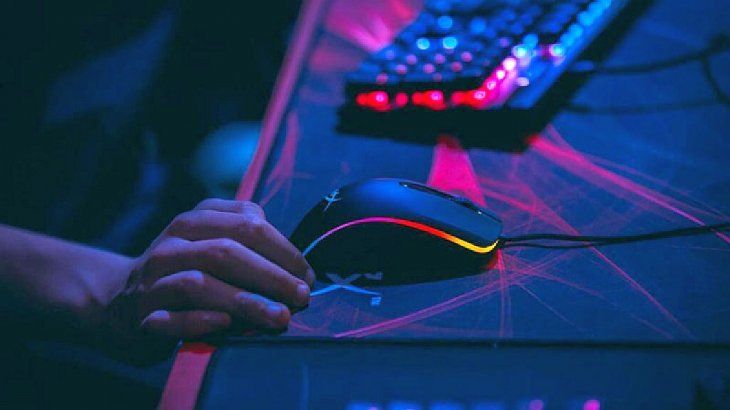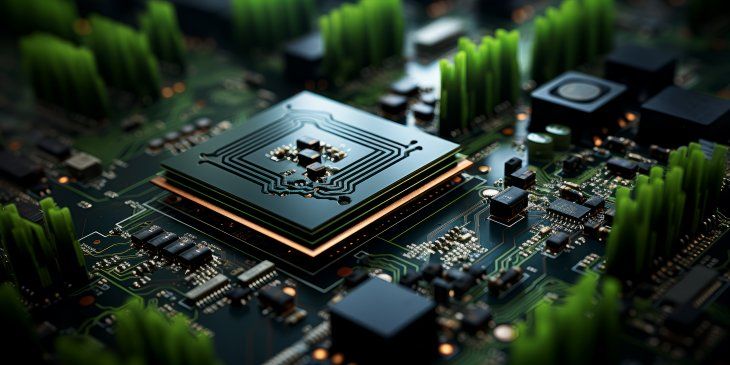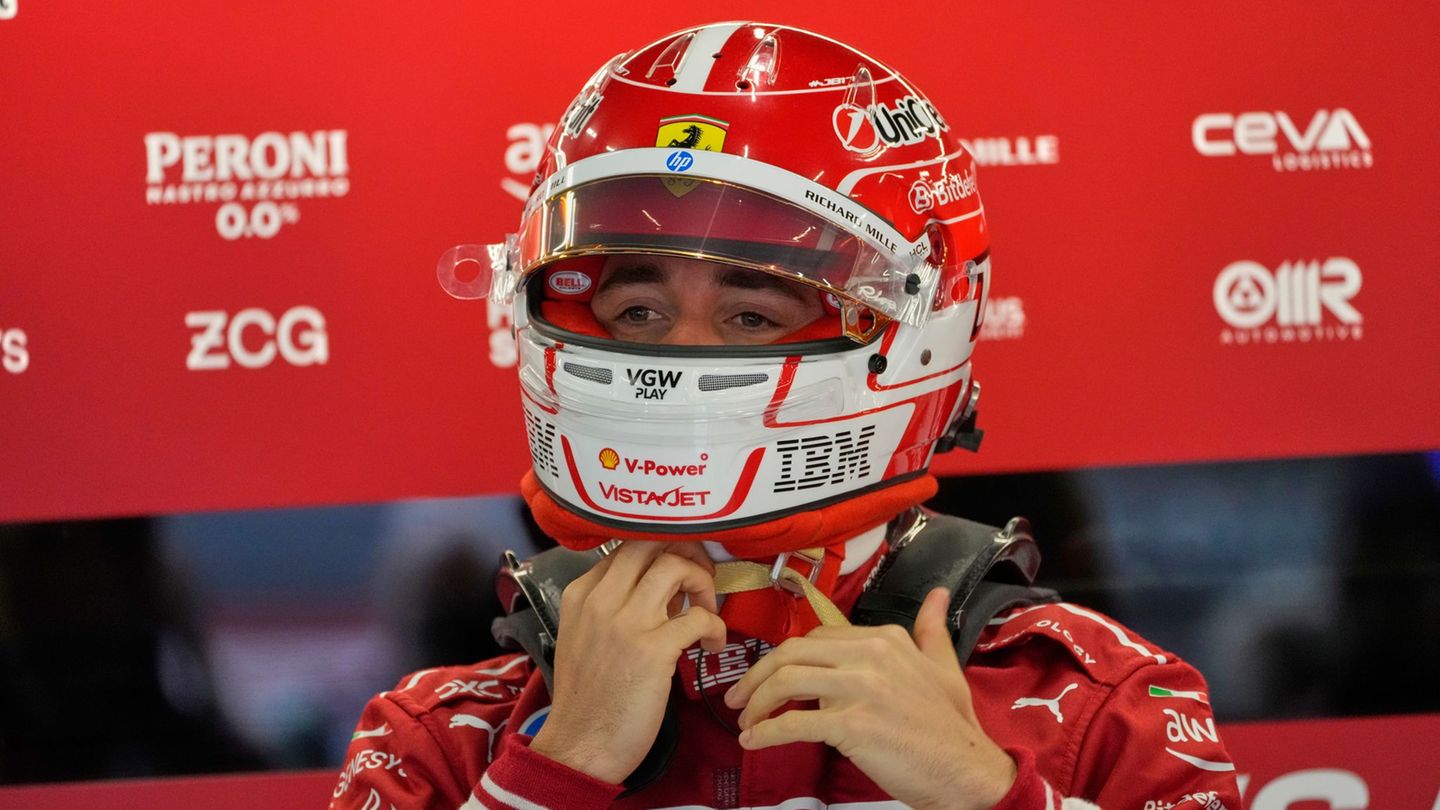Although the Electronic games They have several years of popularity and knew how to adapt to all consoles in the market, the use of the computer It is still the most popular among gamers, since assembling a long -term investment that can be easily updated.
However, Assemble a Game PC for the first time It can be a challenge if there are no previous knowledge in the field. Both components and their quality, and to know how to choose the brand according to the games that are installed, are crucial to guarantee a proper operation and durable.
Gamer.jpg
Wide panda
Tips to build a zero PC
I defined your budget
The first thing you have to do is define How much you are willing to spend. The price range of a Gamer PC is quite wide, and that will influence the options you can choose. If your budget is limited, you will have to make some sacrifices in terms of Graphic quality Or performance, but with a higher budget you can aim for mid -range components that will last several years.
In addition, remember that they are not only the main components, you also have to consider the cost of the peripherals such as the monitor, keyboard, mouse and headphones.
Chosen a good processor
The processor is one of the most important components, since it is the one that You will handle most PC calculations. For games, you should choose a processor with a good amount of nuclei and threads, such as those of the AMD Ryzen or Intel Core series. When choosing, think about What kind of games are you going to play And what other uses are you going to give to the computer, because if you are also going to stream or video editing, you need something more powerful.
Do not save with the video plate
The video plate is key if what you want is play and with good visual quality. Most modern games depend a lot on the GPU, so it is not convenient to save in this component. The best known options are those of Nvidia (such as the RTX series) and those of AMD (as the Radeon series). If you can, try to choose one that allows you to play in the resolution and graphic quality that you are looking for, for example, 1080p at 60 fps or 1440p at 120 fps.
Gamer Padre.jpg

Do not neglect RAM
For a gamer PC, the ideal is to have at least 16 GB of RAM. This will allow you to play without problems and perform other tasks such as navigating online or using programs in the background without the PC feeling slow. While 8 GB can reach for many games, today the most demanding games and some MultiTareas They can benefit from having more memory. In addition, be sure to choose a RAM with good frequency, such as 3200 MHz Or more, since this will improve performance in more demanding tasks.
Storage matters, but you don’t overload
Having a SSD (solid state unit) for the operating system and your main games is fundamental. Goes to Accelerate loading times and the general system performance. You can combine it with an HDD hard drive to store other files that do not need as much performance, such as photos or videos. A SSD of at least 500 GB or 1 TB If you have more games or applications you want to have at hand. The use of SSD in the system improves the experience of use.
Height cooling system
When you are putting together a Game PC, you can’t forget the refrigeration. The components such as the CPU and the GPU generate very heat, especially if you are playing for a long time or performing demanding tasks. You can choose a Air Cooler For the CPU, but if you plan to do overclocking or have a system with many components, it could be better to choose a system of liquid cooling. In addition, be sure to have a good air circulation inside the cabinet with quality fans.
microchip-computer

Freepik.es
Motherboard (motherboard) and compatibility
Choosing the appropriate motherboard is crucial to make sure All components are compatible each other. Before buying it, look that you have support for the CPU you chose, have enough ports for RAM and have the connections you need for your graphics card and other peripherals. Besides, make sure you have a adequate expansion system In case you want to add more hardware in the future.
Reliable power supply (PSU)
The power supply is another crucial component. Make sure you have enough power To support all your components, especially the graphics card, which is one of the most consumed. Generally, with a source of between 600W and 800W You will be fine, but it depends on the specific components you choose. Do not skimp in the quality of the source, since a low quality source can put the entire system at risk.
Source: Ambito
I am an author and journalist who has worked in the entertainment industry for over a decade. I currently work as a news editor at a major news website, and my focus is on covering the latest trends in entertainment. I also write occasional pieces for other outlets, and have authored two books about the entertainment industry.




